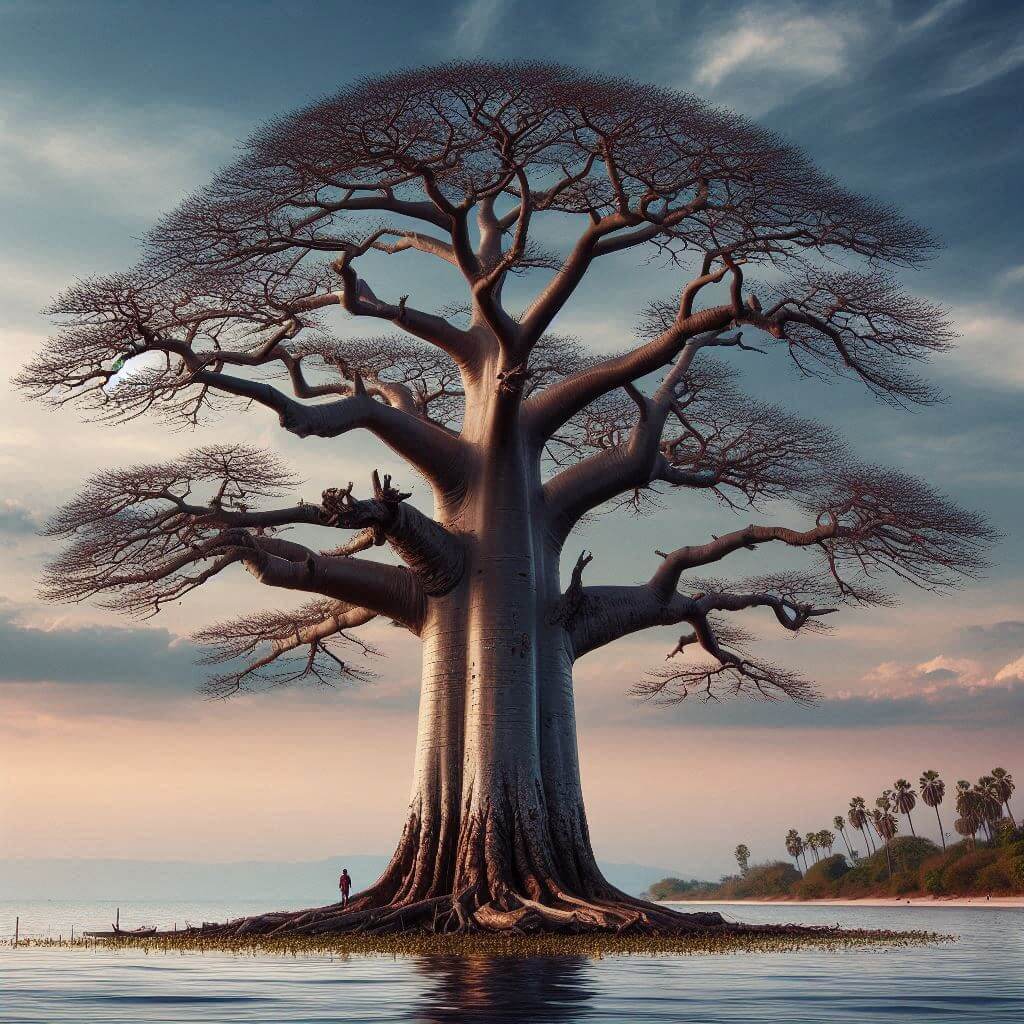The flag of Tanzania features a distinctive design with a green field divided diagonally by a yellow-edged black band from the lower hoist-side corner to the upper fly-side corner. The upper triangle is green, while the lower triangle is blue. This unique configuration represents the diverse geography, resources, and people of Tanzania.
Tanzania information
| National Flag Day | — |
| Sovereign state | Yes |
| Official name | United Republic of Tanzania |
| Capital | Dodoma |
| Population | 61,498,454 |
| Area | 945,087 km² |
| Currency | Tanzanian shilling (TZS) |
| Language | Swahili, English |
| Continent | Africa |
| Region | East Africa |
| Subregion | African Great Lakes |
| Borders | Burundi, Democratic Republic of the Congo, Kenya, Malawi, Mozambique, Rwanda, Uganda, Zambia |
| Timezone | East Africa Time (EAT) UTC+3 |
| Calling code | +255 |
| Top-level domain | .tz |
History of the Tanzanian Flag
 The current flag of Tanzania was adopted on June 30, 1964, shortly after the union of Tanganyika and Zanzibar to form the United Republic of Tanzania. It combines elements from the flags of both Tanganyika and Zanzibar, symbolizing the merger of these two territories into a single nation. The design was created to represent the newly formed country's unity, diversity, and aspirations.
The current flag of Tanzania was adopted on June 30, 1964, shortly after the union of Tanganyika and Zanzibar to form the United Republic of Tanzania. It combines elements from the flags of both Tanganyika and Zanzibar, symbolizing the merger of these two territories into a single nation. The design was created to represent the newly formed country's unity, diversity, and aspirations.
Symbolism and Design of the Tanzanian Flag
Each element of the Tanzanian flag carries deep symbolic meaning, reflecting the country's natural resources, geographical features, and cultural heritage. The green triangle at the top represents the lush vegetation and agricultural wealth of Tanzania. It symbolizes the country's fertile land and its potential for sustainable development.
The blue triangle at the bottom represents the Indian Ocean, which borders Tanzania to the east, as well as the numerous lakes within the country, including Lake Victoria, Africa's largest lake. This blue area symbolizes the importance of water resources to Tanzania's economy and way of life.
The black band diagonally bisecting the flag represents the Swahili people, who form a significant part of Tanzania's population. It also symbolizes the African heritage of the Tanzanian people and their connection to the wider African continent.
The yellow edges of the black band represent Tanzania's mineral wealth, particularly gold, which plays a crucial role in the country's economy. The yellow color also symbolizes the country's wildlife, another significant natural resource and a major draw for tourism.
Usage and Significance of the Tanzanian Flag
 The flag of Tanzania is a powerful symbol of national identity and unity. It is prominently displayed on government buildings, schools, and during national holidays such as Union Day (April 26th) and Independence Day (December 9th). The flag serves as a reminder of Tanzania's journey to independence, its diverse cultural heritage, and its commitment to unity despite ethnic and religious differences.
The flag of Tanzania is a powerful symbol of national identity and unity. It is prominently displayed on government buildings, schools, and during national holidays such as Union Day (April 26th) and Independence Day (December 9th). The flag serves as a reminder of Tanzania's journey to independence, its diverse cultural heritage, and its commitment to unity despite ethnic and religious differences.
In international contexts, the Tanzanian flag represents the country at diplomatic events, United Nations gatherings, and global sports competitions. It embodies Tanzania's principles of peace, unity, and progress on the world stage.
Interesting Facts About the Tanzanian Flag
- The Tanzanian flag is one of the few national flags to feature a diagonal design, making it highly distinctive among world flags.
- The flag's design skillfully incorporates elements from both the flags of Tanganyika (green, yellow, and black) and Zanzibar (blue), reflecting the union of these two entities.
- Tanzania's flag is sometimes referred to as "The Uhuru Flag," with "Uhuru" meaning "freedom" in Swahili, emphasizing its connection to the country's independence.
- The exact shades of colors used in the flag are specified by law to ensure consistency in all official representations.
- The flag's design has remained unchanged since its adoption in 1964, a testament to its enduring symbolism and relevance to the Tanzanian people.